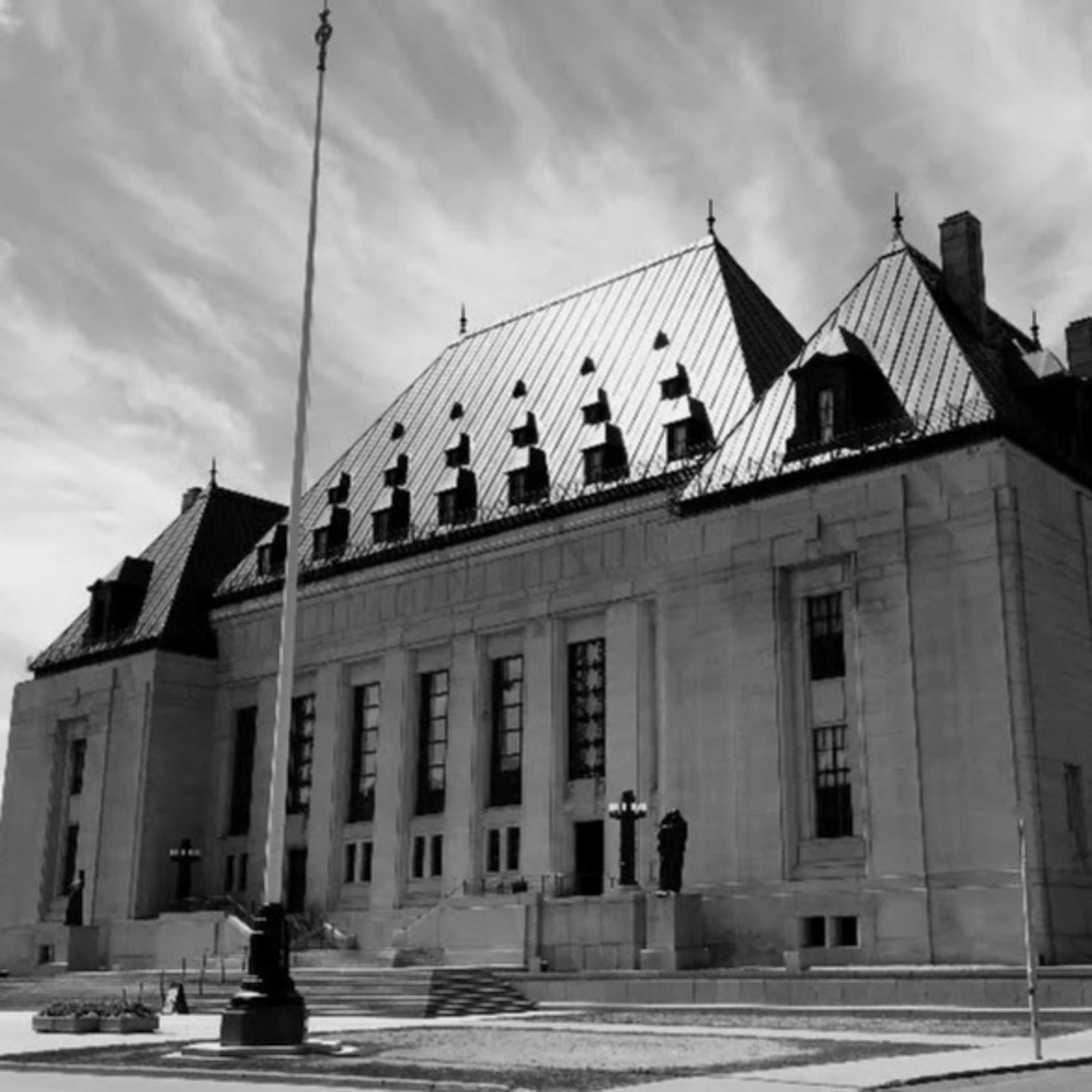Darren Caley Daniel Sundman v. Her Majesty the Queen (39569)
At trial before judge alone, the appellant, Mr. Sundman, was acquitted of first degree murder but convicted of the included offence of second degree murder. The trial judge found that Mr. Sundman could not be convicted of first degree murder pursuant to s. 231(5)(e) of the Criminal Code because, at the time of the shooting, the victim’s confinement had come to an end.
The Crown appealed the acquittals of first degree murder and Mr. Sundman appealed the conviction for second degree murder. A unanimous Court of Appeal dismissed Mr. Sundman’s appeal but allowed the Crown’s appeal from the acquittal of first degree murder, set aside the conviction for second degree murder and entered a verdict of guilty for first degree murder. The Court of Appeal held that the trial judge erred in law in addressing the scope of the offence of unlawful confinement. It went on to explain that even assuming that the trial judge’s conclusion that the act of confinement to which Mr. Sundman was a party had ended moments before the killing did not give rise to an appealable error in law, the trial judge nonetheless erred in law by requiring proof that the confinement and the killing occurred simultaneously. By doing so, the trial judge committed an error of law in applying R. v. Paré, [1987] 2 S.C.R. 618. The court held that on the factual findings made by the judge, Mr. Sundman was guilty of first degree murder and the judge erred in law by failing to come to this conclusion.
Argued Date
2021-12-09
Keywords
Criminal law - Elements of offence - Criminal law - Elements of offence - First degree murder - Unlawful confinement - Whether the trial judge’s finding that there was an insufficient temporal-causal nexus between the unlawful confinement and murder is a finding of fact which the Crown could not appeal - Whether the trial judge erred in law by implicitly importing a requirement that a person be physically restrained before being unlawfully confined under the Criminal Code, R.S.C. 1985, c. C-46.
Notes
(British Columbia) (Criminal) (As of Right)
Disclaimers
This podcast is created as a public service to promote public access and awareness of the workings of Canada's highest court. It is not affiliated with or endorsed by the Court. The original version of this hearing may be found on the Supreme Court of Canada's website. The above case summary was prepared by the Office of the Registrar of the Supreme Court of Canada (Law Branch).
